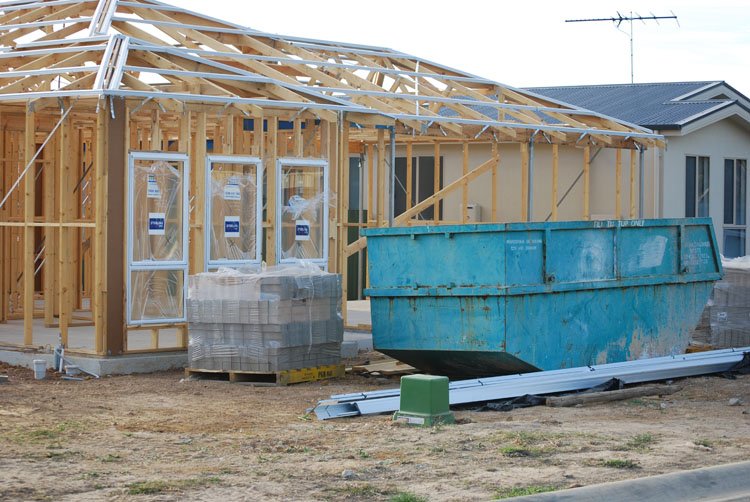An IDX (Internet Data Exchange) is essential for showcasing real-time property listings on your site. But did you know that most IDX setups are terrible for SEO?
If you’re relying solely on an out-of-the-box IDX feed to power your website’s visibility, you’re missing massive traffic and ranking potential.
In this article, you’ll learn how to optimize your IDX listings to improve real estate SEO, generate organic traffic, and convert more leads.
What’s the Problem with Most IDX Integrations?
The typical IDX plugin pulls property data from your MLS and displays it in a format that Google often can’t fully index. The result? Dozens (or hundreds) of listings that:
-
Use duplicated content
-
Aren’t crawlable
-
Provide zero keyword targeting
-
Cannibalize your existing pages
So while your listings look good, they’re doing little to nothing for your SEO for real estate websites.
Why IDX Optimization Matters
Here’s what optimized IDX can achieve:
-
Better ranking for property searches
-
Increased dwell time and reduced bounce rate
-
Indexed listing pages that generate long-tail traffic
-
Higher conversion from qualified searchers
It also supports your authority as a local expert — a core factor in local SEO for real estate agents.
Solutions: Making IDX Work For Your SEO
1. Use a Hybrid IDX Setup
Instead of letting IDX take over your whole site, create individual neighborhood or property-type pages that you control.
On those pages, include:
-
Custom descriptions
-
SEO-optimized headers (H1s, H2s)
-
Keyword-focused URLs (e.g., /luxury-homes-scottsdale)
-
Contextual property highlights
Then embed curated IDX listings into each page — this balances automation with strategic control.
This approach is loved by any real estate SEO agency that understands high-performing architecture.
2. Write Unique Listing Descriptions
Yes, it’s time-consuming — but if you want your listings to rank, they need unique text.
Wherever possible:
-
Add lifestyle-driven descriptions (“walkable to cafes,” “gated community with views”)
-
Highlight features buyers care about (smart home tech, private backyard, etc.)
-
Avoid generic MLS copy
Unique content is one of the most powerful tools in SEO for real estate companies — and it applies to your listings too.
3. Add Schema Markup
Use structured data (like RealEstateListing, Product, or Place) to mark up your listings for Google.
Schema helps search engines understand:
-
Price
-
Property type
-
Number of beds/baths
-
Location
-
Availability
Proper markup increases the chance your listings will appear in rich snippets and map packs.
4. Speed Up Load Times
IDX feeds can slow down your website — and slow sites don’t rank.
Make sure your setup:
-
Loads asynchronously (so the page isn’t held back by the feed)
-
Uses lazy loading for images
-
Is mobile-friendly
Fast-loading pages reduce bounce rates and enhance the performance of your real estate SEO strategy.
5. Build Internal Links to Listings
Don’t just bury your listings on hidden pages.
Link to them from:
-
Blog posts (“See homes in [Neighborhood] here”)
-
City/area landing pages
-
Related listings (“If you like this home, check this one too”)
This signals value to search engines and improves crawl depth — an approach used by every solid real estate SEO expert.
Final Thoughts
Your IDX feed shouldn’t be a passive feature — it should be a core traffic driver. With the right structure, content, and technical setup, you can make your property listings work for you 24/7.
Investing in smarter IDX optimization gives you a long-term SEO asset that compounds over time. Don’t settle for default. Work with a real estate SEO service that knows how to turn your listings into lead magnets.

